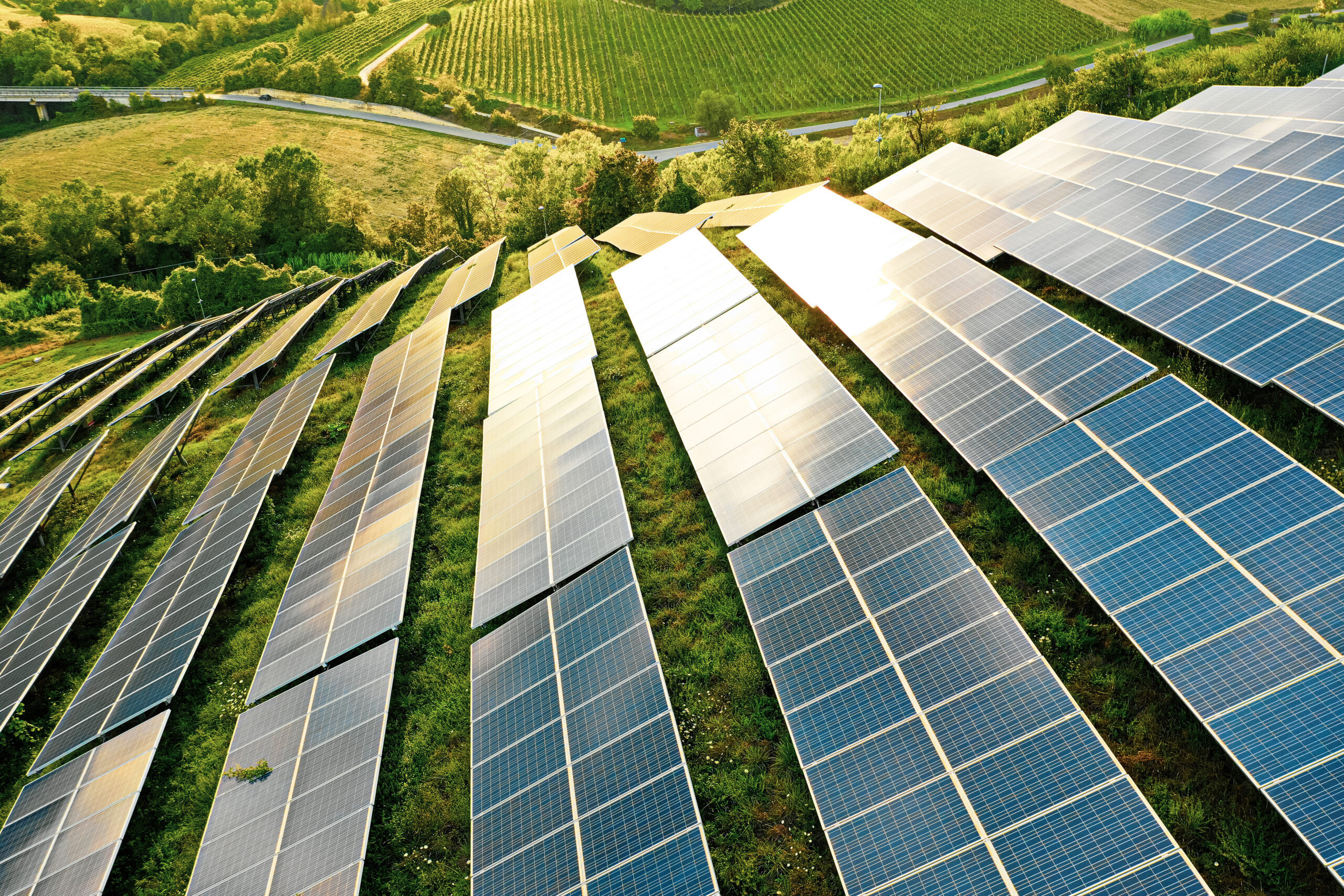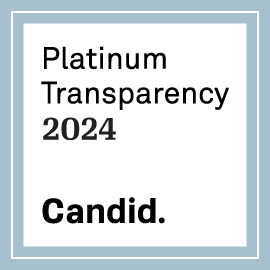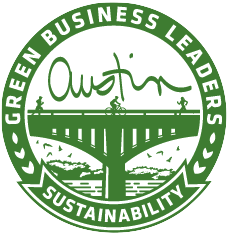What would a world without greenhouse gas emissions look like? Our students have inherited problems associated with a changing climate and must imagine solutions to climate issues. Their ideas will intersect with all aspects of society including economic development, human health, equity, sustainability, and more. Students must understand and be able to envision what a low-carbon world will look like, as it will be their job to make that future a reality. And as educators, it is our job to equip students with the tools and skills to design, build, and lead that future.
We humans are creating dangerous amounts of carbon in order to power our world, including how we source materials for creating everything from clothes to buildings, how we transport ourselves and our goods, and how we heat and cool our homes. To achieve a carbon-free energy future, our society must find new ways to meet our energy demands. While reducing and shifting demand through things like increased public transit and prolonged lifetimes of goods, much of the transition to our more sustainable future hinges on using technology to decarbonize our current electric grid.
Decarbonization is the process of eliminating carbon dioxide emissions from our energy system. Decarbonizing may sound like a daunting task, but EcoRise has partnered with Lauren Kuntz and Jack Kelly, the founders of gReenvision energy, to develop a program that helps students understand our current electric grid and the pathways to reducing and eliminating carbon emissions. A process that is essential to mitigating the impacts of climate change. You can access the program for free in our Freemium download.
Our new Decarbonizing the Electric Grid program, which includes lesson materials, podcasts, and a web app, is inspired by what led Lauren to start gReenvision. As a university freshman, she was tasked with answering how to decarbonize our energy system. Unsatisfied with her initial answer, she continued to grapple with the problem, which led her to teaching others and asking them the same question: What would a world without greenhouse gas emissions look like?
 One of Lauren’s students, Jack, realized the magnitude of the question and also saw the multitude of real-world possibilities that could lead to solutions. During his design process, he explored electrifying energy demand and meeting that demand with renewables. He realized that renewables were not a complete answer—integrating them into the grid given the intermittent availability of wind and solar was an issue. Demand had to be met at all times, but how can we do that when renewables aren’t always available? He explored technologies and strategies to build the capacity of a renewable system and the required trade-offs of cost, sustainability, and feasibility of each option. As he was tasked to solve this real-world problem, Jack learned how to research and find multi-faceted solutions to complex environmental problems.
One of Lauren’s students, Jack, realized the magnitude of the question and also saw the multitude of real-world possibilities that could lead to solutions. During his design process, he explored electrifying energy demand and meeting that demand with renewables. He realized that renewables were not a complete answer—integrating them into the grid given the intermittent availability of wind and solar was an issue. Demand had to be met at all times, but how can we do that when renewables aren’t always available? He explored technologies and strategies to build the capacity of a renewable system and the required trade-offs of cost, sustainability, and feasibility of each option. As he was tasked to solve this real-world problem, Jack learned how to research and find multi-faceted solutions to complex environmental problems.
For both Lauren and Jack, the exercise activated them—they realized that no one in the class had all the answers, but together they could make progress in finding solutions. Their voices and ideas mattered and could shape the future. Both Lauren and Jack turned the challenge into careers in a green energy future. Not all of our students will wind up in careers in sustainability like Jack and Lauren; however, their paths will all be touched by climate impacts. Our future architects will be building climate-resilient infrastructure; future doctors will treat more patients suffering from climate-related illnesses; social workers will help navigate climate-related displacements and poverty. The more they know, the better prepared today’s students are for finding solutions in all walks of life.
The intersectionality of decarbonization demands that our students be able to grapple with complex issues. And what better way to engage them in tackling real-world problems than by giving them the knowledge base and confidence to find the answers?
With our Decarbonizing the Electric Grid program, your students can follow Jack’s path and learn to think critically and realistically about our future energy system. You can access this free program today by clicking here. We are grateful to Constellation, an Exelon Company, for making this program possible and for supporting the fruitful partnership between EcoRise and gReenvision.
Teachers: Join us for a workshop to seamlessly bring the Decarbonizing the Electric Grid program to your classroom.




